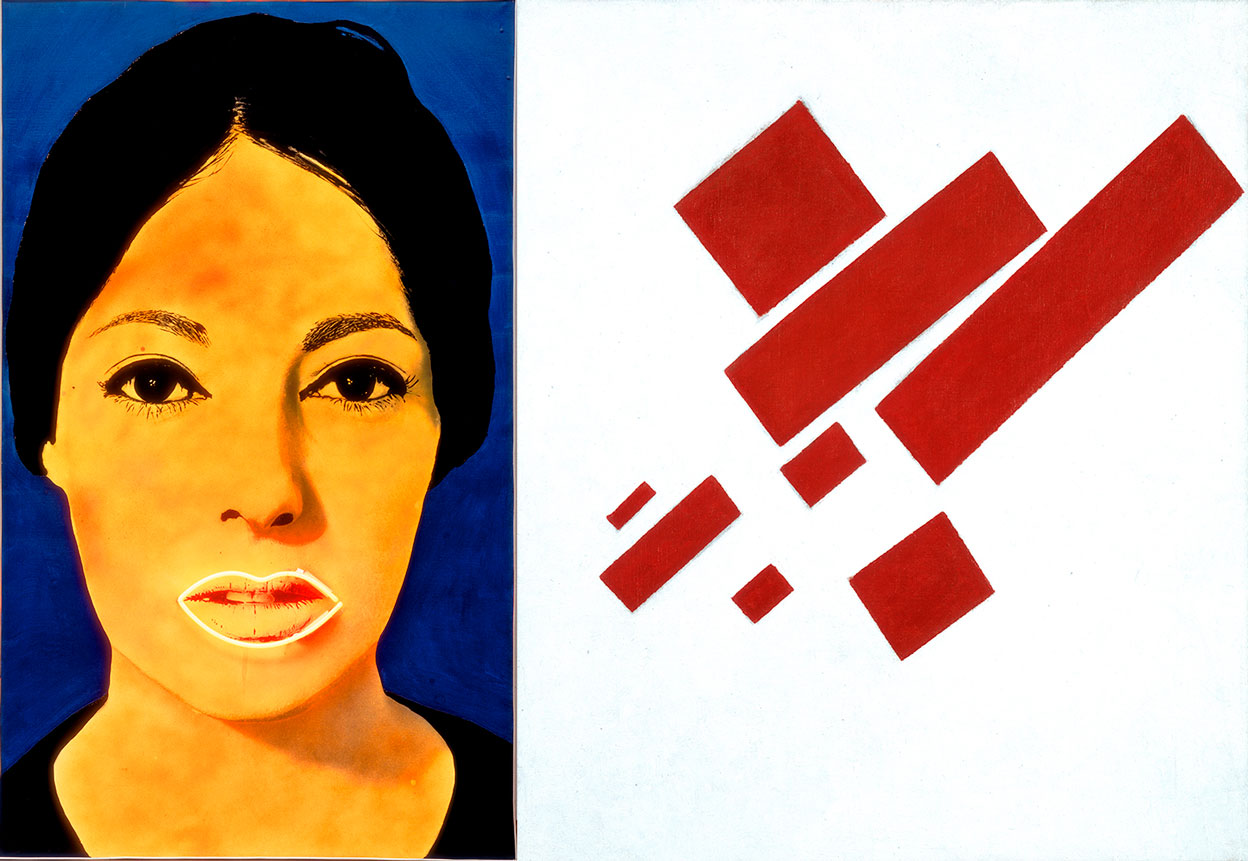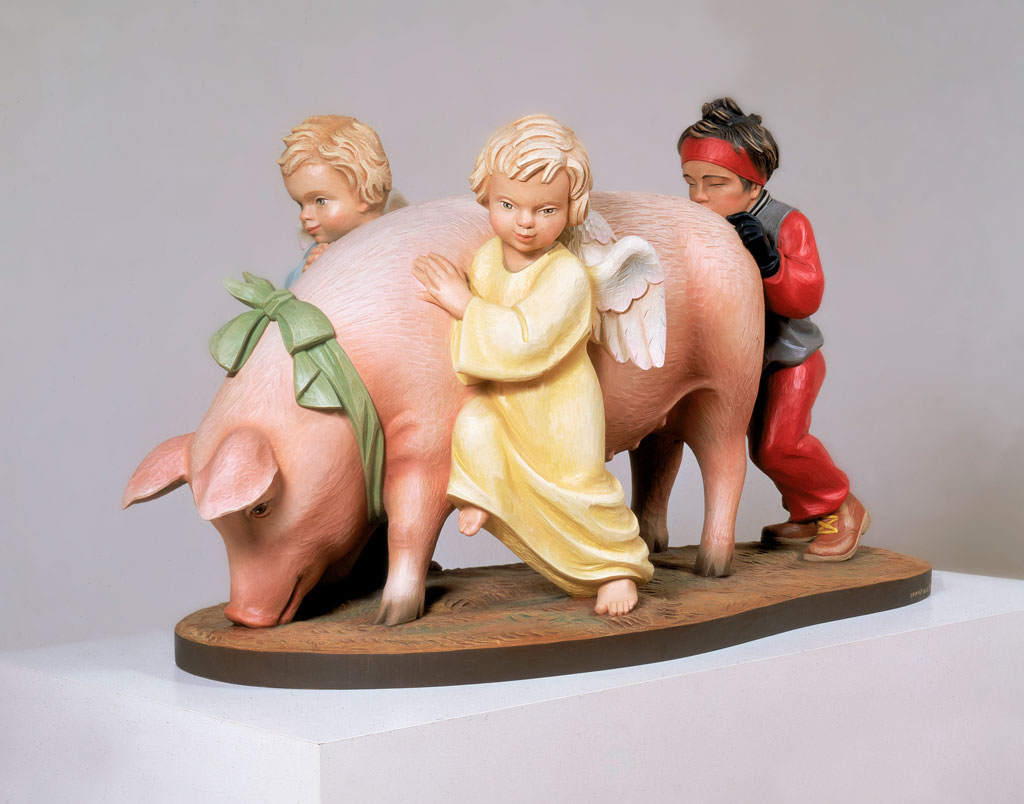ART-TRIBUTE:Stedelijk Base-Part I
 One of the largest installations of the Stedelijk Museum Amsterdam Collections, in its history, is Stedelijk Base. The presentation of the art works is organized in a circuit designed by OMA, the architecture practice founded by Rem Koolhaas. Stedelijk Base presents art and design from the late 19th Century up to the present day. The display is a great way for people who are new to art to discover how art and design evolved, and allows seasoned art-lovers to experience the Stedelijk’s world-famous icons in a new context (Part II).
One of the largest installations of the Stedelijk Museum Amsterdam Collections, in its history, is Stedelijk Base. The presentation of the art works is organized in a circuit designed by OMA, the architecture practice founded by Rem Koolhaas. Stedelijk Base presents art and design from the late 19th Century up to the present day. The display is a great way for people who are new to art to discover how art and design evolved, and allows seasoned art-lovers to experience the Stedelijk’s world-famous icons in a new context (Part II).
By Efi Michalarou
Photo: Stedelijk Museum Archive
Stedelijk Base is the final element to manifest the vision of director Beatrix Ruf for the Stedelijk, in which the building is divided into three zones: Stedelijk Base: the entire new building devoted to a display comprising the 750-plus works in the Stedelijk holdings, grouped around iconic pieces in the collection, and featuring a mix of disciplines; Stedelijk Turns: the collection in topical and thematic presentations on the ground floor; and Stedelijk Now: the temporary exhibitions on the first floor. In an entire renewed Collection presentation featuring over 750 artworks grouped around the icons in the Collection, Stedelijk Base occupies the entire new wing of the museum and features a selection of around 700 pieces grouped around historic movements, social themes, and influential artists. The display begins with STEDELIJK BASE part 1 in the ABN AMRO Gallery including works by seminal figures such as Kazimir Malevich, Piet Mondrian, Gerrit Rietveld, Nola Hatterman, Charley Toorop, Barnett Newman, Yves Klein, Roy Lichtenstein, Ed van der Elsken, Yayoi Kusama, and Sheila Hicks. Next, visitors can take the escalator to the VandenEnde Foundation Gallery, where the STEDELIJK BASE part 2 continues with an installation by Barbara Kruger and art from the 1980s to the present day, featuring work by Jeff Koons, Anselm Kiefer, Maarten Baas and Marlene Dumas. For Stedelijk Base, OMA has designed a new display that utilizes the large, 1100 m2 gallery in the lower level to create a space for the different stories that are included in the Museum’s Collection. The firm worked closely together with museum curators, researchers, technical staff and other partners for over a year, digging deep into the museum’s archives. The display system allows an open route through the space in which visitors are invited to create their own parcour. The space is articulated through self-standing walls, encouraging versatile interactions between the art works on display. The traditional room to room museum experience is turned into a quasi-urban experience where every turn of a corner is a new discovery. Stedelijk Turns is a research-driven area, and presents works in the collection from new perspectives and in relation to topical themes. This allows the Stedelijk to engage with new narratives, unlock hidden histories, and explore fresh insights, often in collaboration with guest curators, guest researchers, and other stakeholders. Stedelijk Turns is rich in experiment and serves as a laboratory where perspectives on the present and the past are continually sustained and redefined. In 2016, the first steps towards Stedelijk Turns took the form of exhibitions such as De Stijl and the Stedelijk, a presentation on Russian art and design a hundred years after the Russian Revolution, and the exhibitions this year that engage with the theme of ‘migration’. Stedelijk Turns is accompanied by a platform that acts as both catalogue and magazine, and where relevant essays, videos and sound fragments are collected. The Stedelijk’s temporary exhibition program remains in their current home, under the banner Stedelijk Now. Major shows such as those featuring Malevich, Marlene Dumas, Isa Genzken, the Amsterdam School, Tinguely and Ed van der Elsken occupied the first floor of the historic building.
Info: Info: Stedelijk Museum, Museumplein 10, Amsterdam, Duration: till 2022, Days & Hours: Mon-Thu & Sat-Sun 10:00-18:–, Fri 10:00-22:00, www.stedelijk.nl

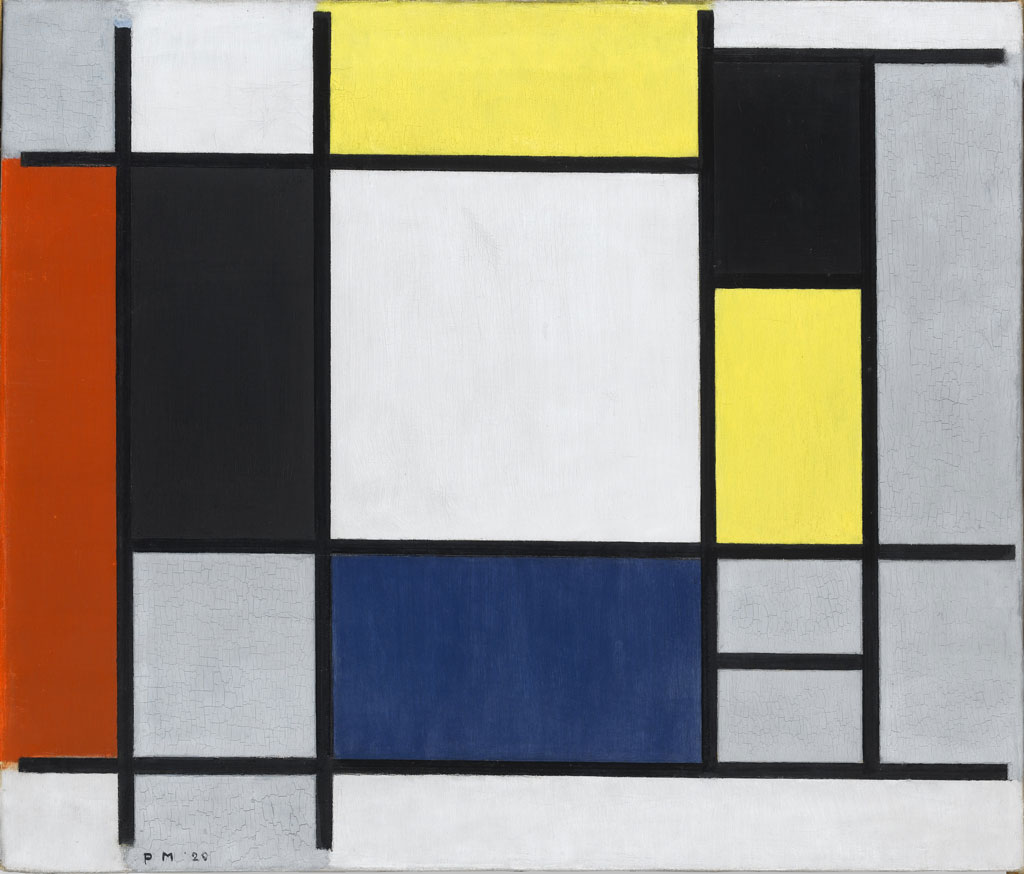
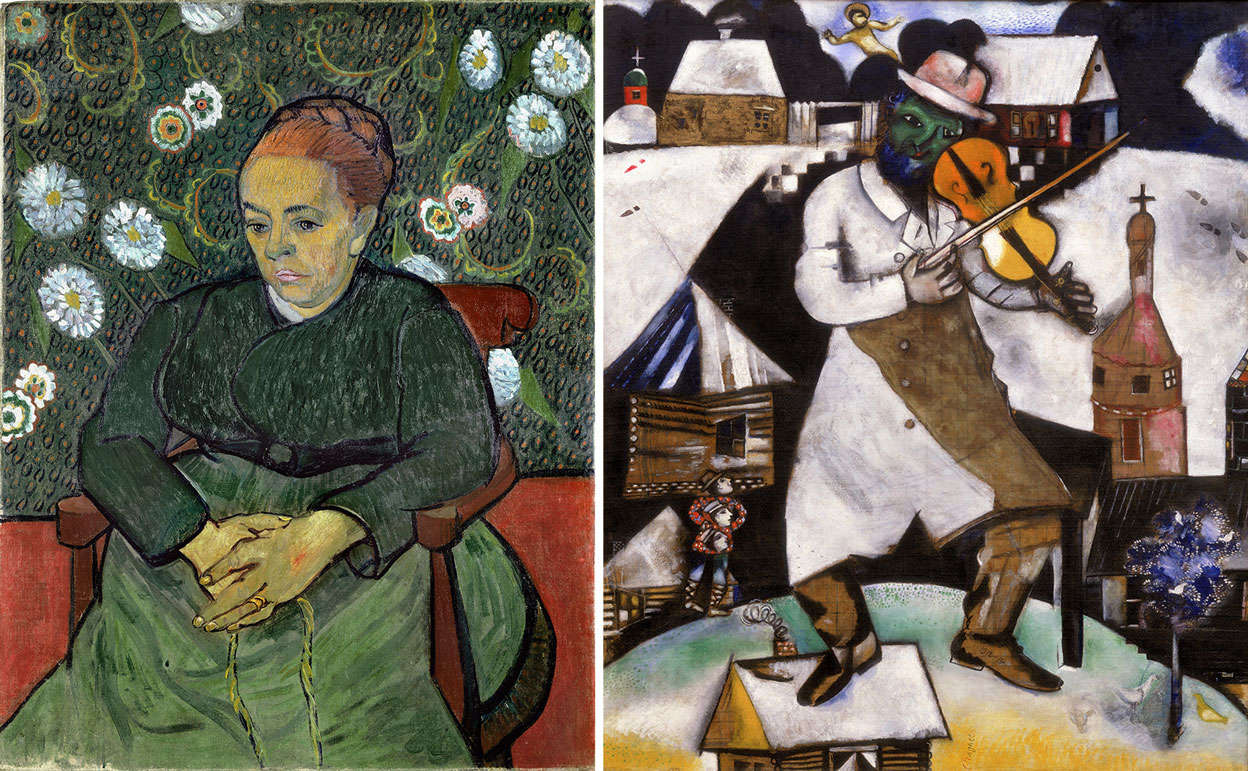
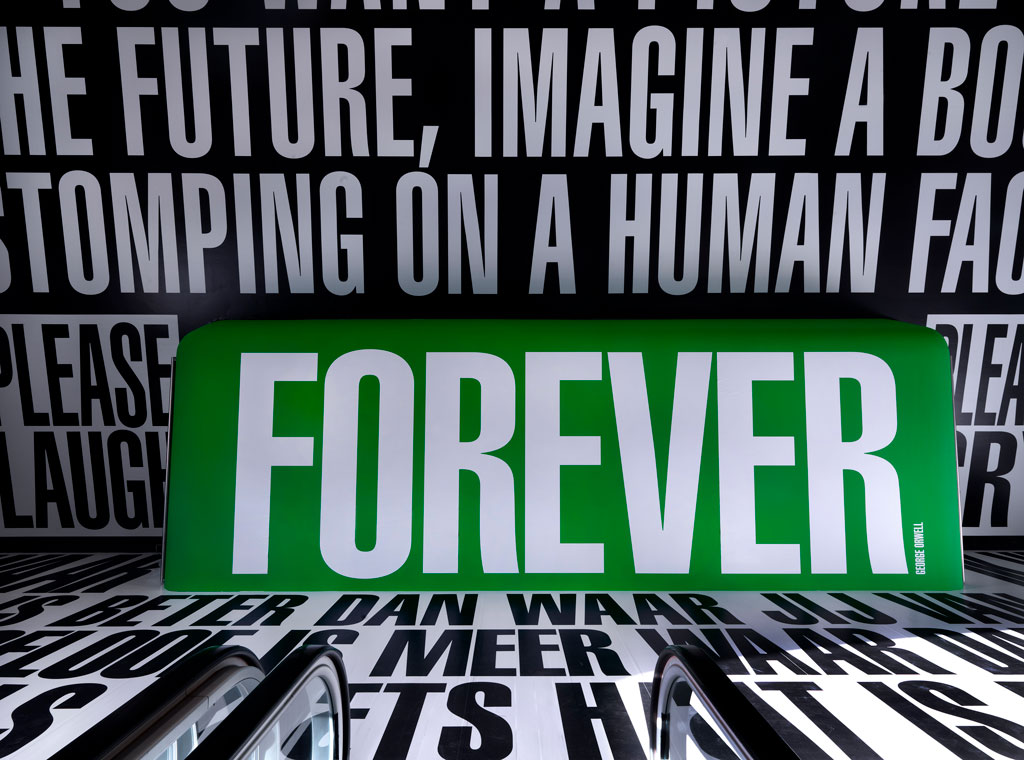
![Left: Karel Appel, Vragende kinderen (Questioning Children), 1949. © Karel Appel Foundation, c/o Pictoright Amsterdam. Collection Stedelijk Museum Amsterdam. Right: Gerrit Rietveld, Rood-blauwe stoel (Red and Blue Chair), 1919-1923 [design] ca. 1950 [realization]. c/o Pictoright Amsterdam. Collection Stedelijk Museum Amsterdam](http://www.dreamideamachine.com/web/wp-content/uploads/2019/05/9_original.jpg)
